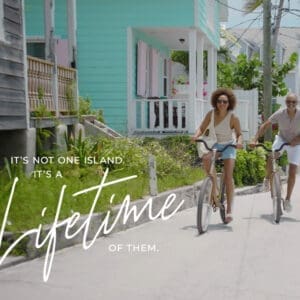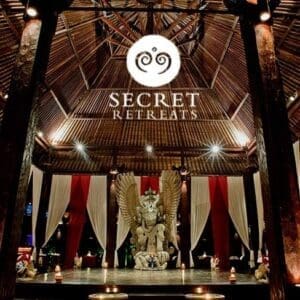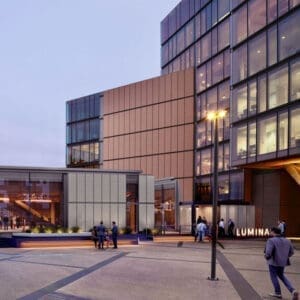 As hotel guests increasingly come to expect amenities that used to be special perks, such as free Wi-Fi, complimentary breakfasts and premium bed linens, the industry may be reaching a customer satisfaction plateau, according to the J.D. Power 2016 North America Hotel Guest Satisfaction Index Study.
As hotel guests increasingly come to expect amenities that used to be special perks, such as free Wi-Fi, complimentary breakfasts and premium bed linens, the industry may be reaching a customer satisfaction plateau, according to the J.D. Power 2016 North America Hotel Guest Satisfaction Index Study.
The study, now in its 20th year, measures overall guest satisfaction across eight hotel segments: luxury; upper upscale; upscale; upper midscale; midscale; economy/budget; upper extended stay; and extended stay. Seven key measures are examined in each segment to determine overall satisfaction: reservation; check-in/check-out; guest room; food & beverage; hotel services; hotel facilities; and cost & fees. Satisfaction is calculated on a 1,000-point scale.
Although overall satisfaction has improved for a fourth consecutive year, increasing by 2 points from 2015 to average 806, this represents a much smaller increase than in recent years. In past years, strong improvements in cost & fees played a key role in improving satisfaction overall. While satisfaction with cost & fees improved by 25 points between 2014 and 2015, this year it has improved by only 1 point.
“Customers have responded well to the enhanced offerings provided by some hotel brands to create value, but as those perks become standard, customers are quick to ask, ‘What have you done for me lately?’” said Rick Garlick, global travel and hospitality practice lead at J.D. Power. “When guests no longer see added value in the quality of amenities they receive, the only option to truly differentiate a brand is to develop a strong service culture that makes guests feel special and appreciated.”
Interestingly, while satisfaction in most segments has remained flat, the luxury segment has improved by 12 points overall. Much of this improvement is attributed to a 20-point improvement in cost & fees.
“Despite luxury hotels typically being the most expensive, this segment has been able to show guests that they’re providing additional value, which is clearly resonating,” said Garlick.
The study also finds that while satisfaction is higher among members of hotel rewards programs than among non-members, younger guests are less likely to be members than older guests. Only 39% of Gen Y guests belong to a rewards program, compared with 56% of Gen X and 66% of Boomer guests.[1] In every generational group, customer satisfaction is significantly higher among guests who are rewards program members.
“We’re finding that every succeeding generation seems to be less likely to be a member of a hotel rewards program than the one before,” said Garlick. “As we’ve seen across numerous industries that J.D. Power tracks, younger guests in particular are especially driven by the value proposition, underscoring the importance for hotel brands to make a stronger case for the benefits of loyalty to these travellers.”
Following are some of the key findings of the study:
- Online/Mobile check-in: Only 3% of guests take advantage of online or mobile check-in, though check-in/check-out satisfaction is highest among these guests than among those who used any other method.
- Most important amenities: The three most important amenities cited by guests are free Wi-Fi, breakfast and parking. In terms of hotels providing these amenities, 71% of guests say they received complimentary Wi-Fi; 56% received complimentary breakfast; and 61% received free parking. Luxurious bedding and linens, the fourth-most important amenity, is becoming increasingly important; however, only 37% of guests say this was offered in their room.
- Social media feedback: Among guests who posted something about their stay on social media, 75% of the posts were positive, compared with 13% that were negative. Overall satisfaction is 40 points higher among guests who post comments to social media.
Hotel segment rankings
The following hotel brands rank highest in guest satisfaction in their respective segments:
- Luxury: The Ritz-Carlton (for a second consecutive year)
- Upper Upscale: Omni Hotels & Resorts (for a second consecutive year)
- Upscale: Hilton Garden Inn
- Upper Midscale: Drury Hotels (for 11 consecutive years[2])
- Midscale: Wingate by Wyndham (for a second consecutive year)
- Economy/Budget: Microtel Inn & Suites by Wyndham (for a fourth consecutive year)
- Upper Extended Stay: Hyatt House
- Extended Stay: Home2 Suites by Hilton
Notably, The Ritz-Carlton earns the highest score in the history of the study at 896.
The 2016 North America Hotel Guest Satisfaction Index Study is based on responses gathered between June 2015 and May 2016 from more than 63,000 guests in Canada and the United States who stayed at a hotel in North America between May 2015 and May 2016.
For more information about the 2016 North America Hotel Guest Satisfaction Index Study, visit http://www.jdpower.com/resource/jd-power-north-america-hotel-guest-satisfaction-index-study.
[1] J.D. Power defines the generational groups as Pre-Boomers (born prior to 1946); Boomers (1946-1964); Gen X (1965-1976); Gen Y (1977-1994); and Gen Z (1995-2004).
[2] Drury was previously ranked highest in the Midscale segment. It was included in the Upper Midscale segment in 2014.















